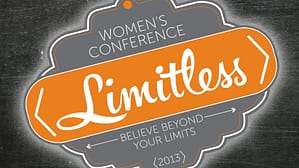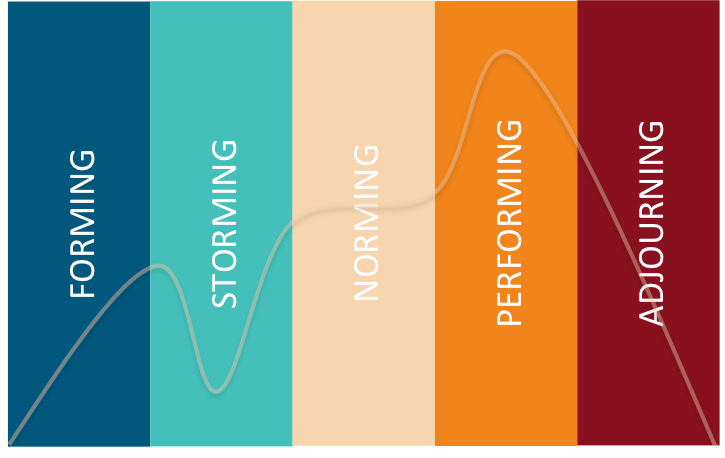I'll be giving a session for women on life planning and goal setting at the upcoming Limitless Conference on May 10-11.
Their website provides a description of the conference, as follows:
“What would you be ready to achieve in your life if all limits were stripped away? Join us for this one-of-a-kind women's conference and learn how you too can live LIMITLESS. Conference speakers include Olympians: Amber Neben (cyclist), Leah Amico (Softball) and Tori Pena (pole vaulter) who have learned to break through limits of their sports and personal lives.
Once the limits are stripped away you will be able to explore your next steps through workshops in many different areas of your life (choose two) – finances, parenting, health & fitness, life plan & goal setting, the joy of being single, marriage, managing life changes, art and creativity, soul care and olympian forum.”
If you are interested in attending, use the promo code “Limitless” to get half off the registration fee.
Also, if you have any questions you would like to see answered, or advice to give on the topic of life planning and goal setting, feel free to get engaged in the comments section below.
I hope to see some of you there.


